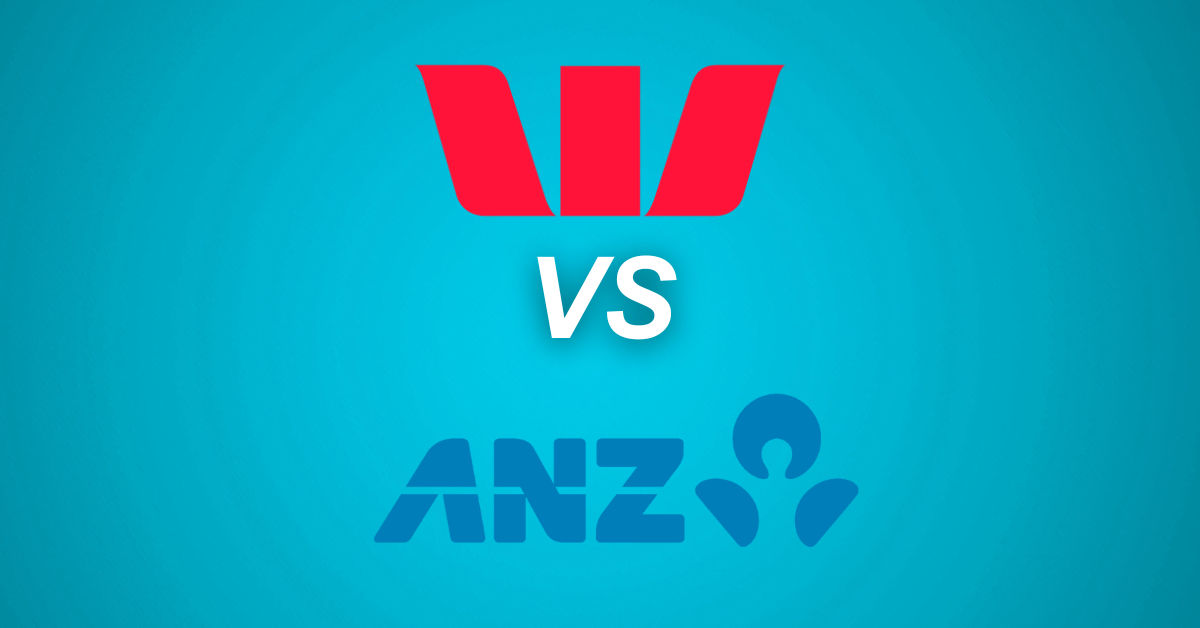In the fast-paced world of business, maintaining a healthy cash flow is crucial for growth and sustainability. Accounts receivable finance offers valuable solutions by transforming outstanding invoices into accessible working capital, allowing companies to effectively manage their financial needs.
This form of business financing not only aids in cash flow management but also provides a strategic approach to financial management, ensuring that businesses can meet their operational demands without delay.
By understanding the intricacies of AR financing, business owners and finance professionals can make informed decisions that support their enterprise’s expansion and financial stability.
As we explore the dynamics of accounts receivable finance, you’ll gain insights into optimizing your company’s financial health and achieving your business goals.
Accounts receivable finance is a crucial aspect of business financial management. This section explores the fundamentals of accounts receivable and its significance in business financing.
Basics of Accounts Receivable
Accounts receivable (AR) refers to the outstanding invoices a company has or the money clients owe the company. It’s a vital component of a company’s working capital and plays a key role in cash flow management.
AR represents sales for which the company hasn’t received payment yet. These unpaid invoices are considered assets on a company’s balance sheet because they represent money owed to the company.
The management of accounts receivable involves tracking these outstanding payments, following up with clients, and ensuring timely collection. Effective AR management is crucial for maintaining healthy cash flow and financial stability.
Importance of Business Financing
Accounts receivable finance is a valuable tool for businesses seeking to improve their cash flow and financial position. It allows companies to access funds tied up in unpaid invoices, providing immediate working capital.
This form of financing can be particularly beneficial for small and medium-sized businesses that may face cash flow challenges due to long payment terms or delayed payments from customers.
By leveraging accounts receivable finance, companies can bridge the gap between delivering goods or services and receiving payment, enabling them to meet operational expenses, invest in growth opportunities, and maintain financial stability.
Key Finance Solutions
In the realm of accounts receivable finance, businesses have access to various solutions. This section examines two primary options: invoice financing and working capital strategies.
Exploring Invoice Financing
Invoice financing is a method of using unpaid invoices as collateral to secure a loan or cash advance. This approach allows businesses to access funds quickly without waiting for customers to pay their invoices.
There are two main types of invoice financing: invoice factoring and invoice discounting. In invoice factoring, the finance company manages the sales ledger and collects payment from customers. Invoice discounting, on the other hand, allows businesses to retain control over their sales ledger.
Both methods provide businesses with immediate access to a percentage of the invoice value, typically ranging from 80% to 90%. The remaining balance, minus fees, is paid once the customer settles the invoice.
Effective Working Capital Strategies
Working capital strategies focus on optimizing the balance between a company’s current assets and current liabilities. Effective management of working capital is crucial for maintaining liquidity and ensuring smooth business operations.
One strategy involves negotiating favorable payment terms with suppliers while offering competitive terms to customers. This approach helps balance cash inflows and outflows, reducing the need for external financing.
Another effective strategy is inventory management. By maintaining optimal inventory levels, businesses can free up cash that would otherwise be tied up in excess stock. This requires careful forecasting and demand planning.
Enhancing Cash Flow Management
Effective cash flow management is essential for business success. This section covers techniques for better financial management and strategies to overcome common cash flow challenges.
Techniques for Better Financial Management
Improving financial management starts with accurate forecasting. By projecting future cash flows, businesses can anticipate potential shortfalls and plan accordingly.
Regular financial reviews are crucial. These reviews should include analyzing key performance indicators (KPIs) such as days sales outstanding (DSO), accounts receivable turnover ratio, and cash conversion cycle.
Implementing efficient invoicing and collection processes can significantly improve cash flow. This may involve using automated invoicing systems, offering early payment discounts, or setting up recurring payment plans for customers.
Overcoming Common Cash Flow Challenges
One common challenge is seasonal fluctuations in revenue. Businesses can address this by building cash reserves during peak seasons or securing flexible financing options to cover low periods.
Late payments from customers can strain cash flow. To mitigate this, businesses can implement strict credit policies, use credit checks for new customers, and establish clear payment terms and consequences for late payments.
Unexpected expenses can also disrupt cash flow. Maintaining an emergency fund and having access to a line of credit can help businesses navigate unforeseen financial challenges.
Benefits of AR Financing
AR financing offers numerous advantages for businesses. This section explores how it can boost business growth and strengthen financial stability.
Boosting Business Growth
AR financing provides businesses with the capital needed to pursue growth opportunities. By unlocking funds tied up in unpaid invoices, companies can invest in new equipment, expand their product lines, or enter new markets.
This form of financing can also support increased sales by allowing businesses to offer more competitive payment terms to customers without compromising their own cash flow.
For seasonal businesses, AR financing can provide the working capital needed to prepare for peak seasons, such as purchasing inventory or hiring temporary staff.
Strengthening Financial Stability
AR financing improves financial stability by providing a steady cash flow, reducing the impact of late customer payments on the business’s operations.
This improved cash position can enhance a company’s creditworthiness, potentially leading to better terms from suppliers and increased borrowing capacity from traditional lenders.
By reducing the time and resources spent on managing receivables, AR financing allows businesses to focus on core operations and strategic initiatives, further contributing to long-term financial stability.
Practical Steps for Implementation
Implementing AR financing requires careful consideration and ongoing management. This section provides guidance on choosing the right solution and monitoring its effectiveness.
Choosing the Right Solution
Selecting the appropriate AR financing solution involves assessing your business needs, cash flow patterns, and customer payment behaviors.
Consider factors such as the cost of financing, the level of control you want to maintain over your sales ledger, and the potential impact on customer relationships.
It’s advisable to compare offerings from multiple providers, looking at their fees, advance rates, and any additional services they may offer, such as credit control or bad debt protection.
Monitoring and Adjusting Strategies
Once implemented, it’s crucial to regularly review the performance of your AR financing arrangement. Monitor key metrics such as the cost of financing relative to the benefits received and the impact on your overall cash flow.
Be prepared to adjust your approach as your business evolves. This may involve negotiating better terms with your finance provider, adjusting the percentage of invoices you finance, or exploring alternative financing options.
Regular communication with your finance provider is important. Keep them informed of any significant changes in your business or customer base that may affect your financing needs.




